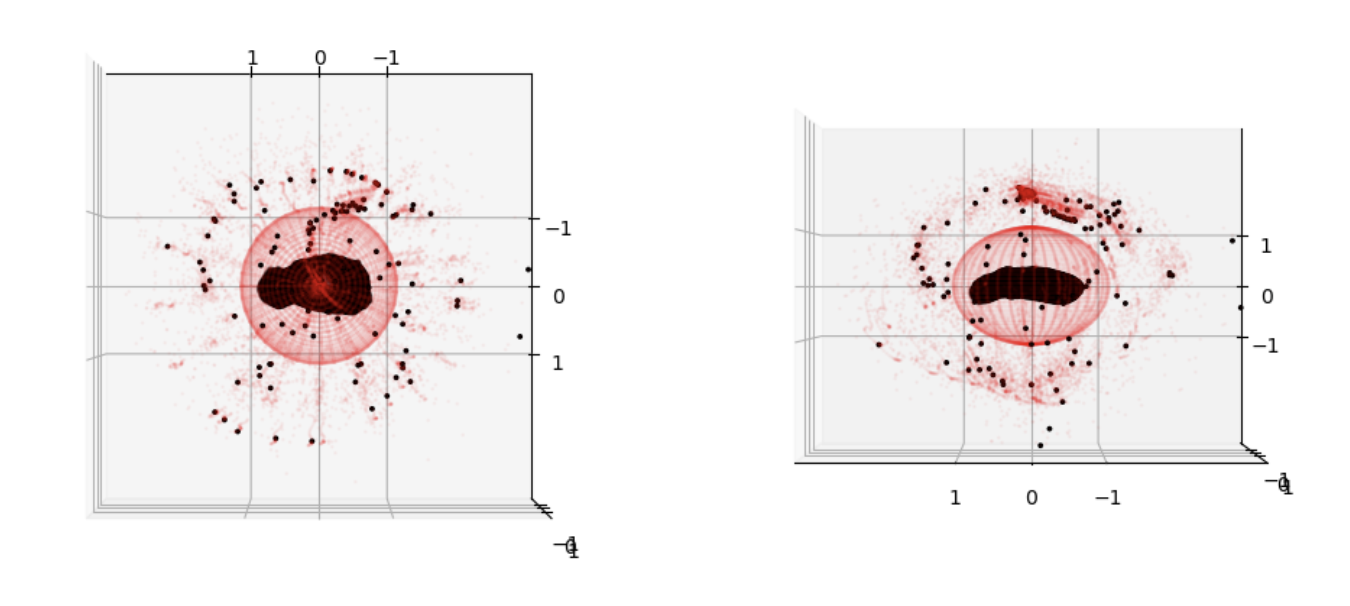Safe swarming around irregular gravity fields
Background

In the world’s first test of asteroid deflection, the European Space Agency's HERA mission will perform a detailed post-impact survey of the target asteroid, Dimorphos – the orbiting Moonlet in a binary asteroid system known as Didymos. After NASA’s DART mission has impacted the moonlet, Hera will turn the grand-scale experiment into a well-understood and repeatable planetary defence technique. Demonstrating new technologies from autonomous navigation around an asteroid to low gravity proximity operations, Hera will be humankind’s first probe to rendezvous with a binary asteroid system and Europe’s flagship Planetary Defender.
Two cubesats, called Milani and Juventas, will detach from the main mother satellite to perform a detailed exploration of the system, including the exploration of its gravity field. The use of cubesats to increase mission scientific outputs, while minimizing risks connected to operating in a highly unknown environment, is being considered as an increasingly attractive option in advanced missions scenarios [1-2].
Project goals

For the first time we thus aim at establishing quantitative tradeoffs for this type of mission where tens of cubesats are perfroming a concurrent characterization of physical properties of the central body.
References
[1] Liu, Sining, Panagiotis Ioannis Theoharis, Raad Raad, Faisel Tubbal, Angelos Theoharis, Saeid Iranmanesh, Suhila Abulgasem, Muhammad Usman Ali Khan, and Ladislau Matekovits. "A survey on CubeSat missions and their antenna designs." Electronics 11, no. 13 (2022): 2021.
[2] Stacey, N., Dennison, K., & D'Amico, S. (2022, March). Autonomous Asteroid Characterization through Nanosatellite Swarming. In 2022 IEEE Aerospace Conference (AERO) (pp. 1-21). IEEE. Chicago
[3] Izzo, Dario, and Pablo Gómez. "Geodesy of irregular small bodies via neural density fields." Communications Engineering 1.1 (2022): 48.
[4] Goldberg, Hannah R., Özgür Karatekin, Birgit Ritter, Alain Herique, Paolo Tortora, Claudiu Prioroc, Borja Garcia Gutierrez, Paolo Martino, and Ian Carnelli. "The juventas cubesat in support of ESA's hera mission to the asteroid didymos." (2019).